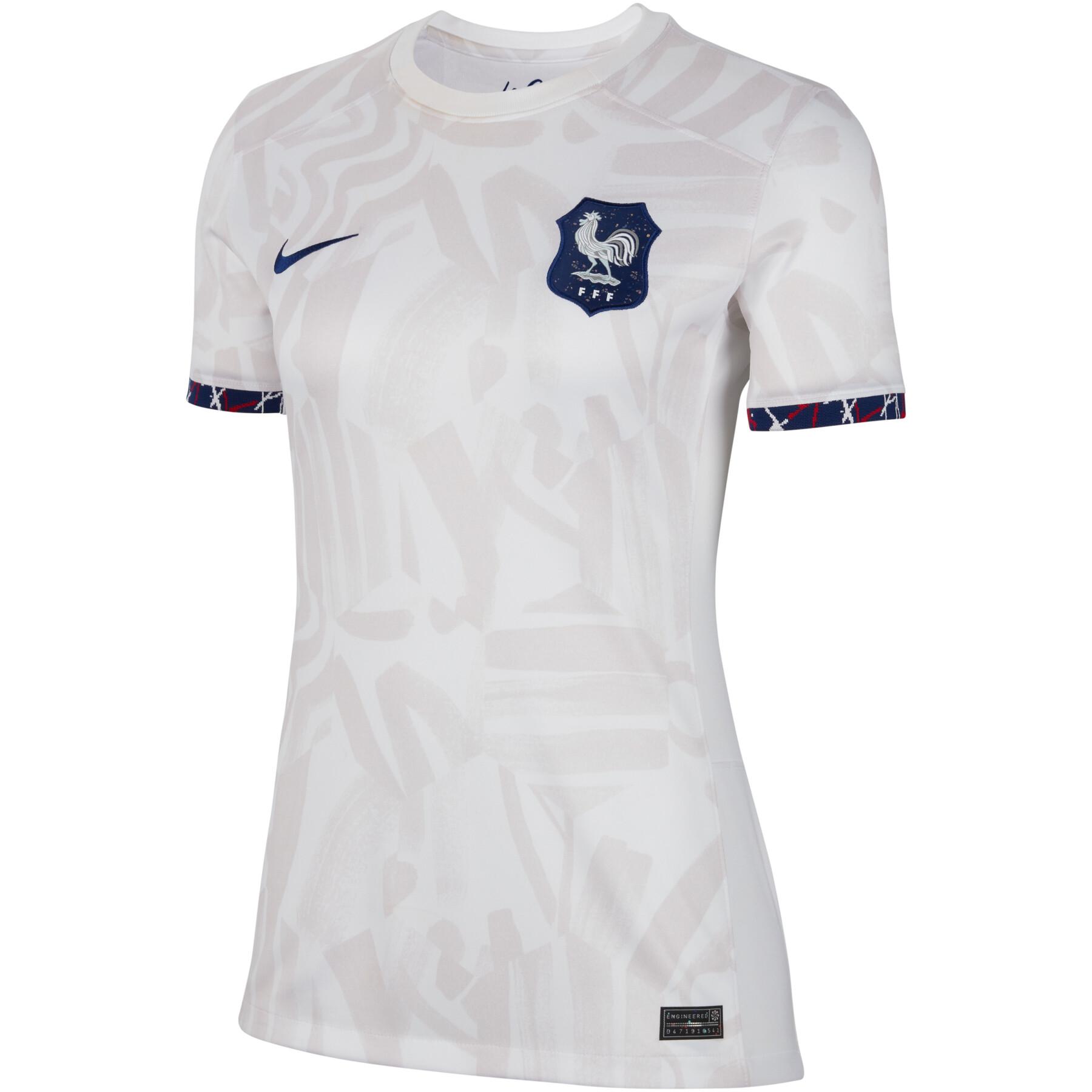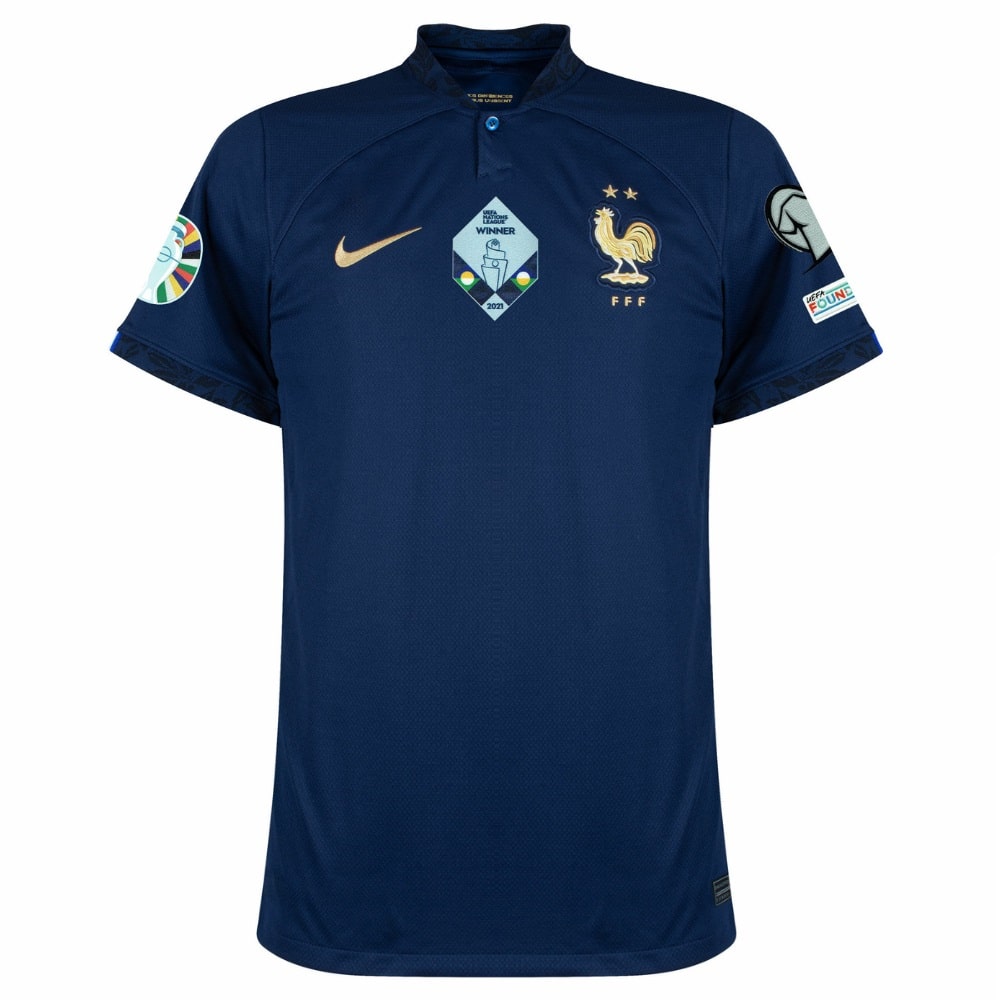Football, as a sporting activity is rich in history, among the more important aspects of its history lies in the numbers worn by players in the playing field. These numbers aren't simply an identification tool; they reflect their roles, position, and even the evolution of the game in itself. The number of player numbers have transformed from a simple system of identification to a emblem of the significance of a player's in style, fashion, and longevity within the sport. Today, football jerseys such as those of Kit France 2024-2025, Jersey France 2025 and Shirt France 2025 carry on this tradition and numbers play Shirt France 2025 a crucial role in our perception of and appreciate the game.

The Early Days: Numbers and Their Origins
The usage for numbers in football jerseys dates back to the beginning of the 20th century. Prior to their introduction, football players were often wearing the same shirts of similar colors and identify themselves determined by their position or the role they played. The first instance of using numbers was in 1928 at an event with Arsenal or Sheffield United in England. The change was prompted by the growing need for clarity in football games, as the sport grew in popularity.
Initially, numbers were applied in random order however, as the game evolved, each number started aligning with specific positions. These numbers were typically assigned based on tactical roles, and the system most often used was the format 1-11, with the number 1 typically reserved for the goalkeeper with numbers 2 through 4 for defensive players while numbers 7 and 11 for forwards and wingers.

The Significance of Numbers: From Positions to Personalities
As the game developed, as did the roles and game's numbers. Each number signified a specific position and style of play:
- Number 1: Reserved for the goalkeeper, the final line of defense. Their role is to stop the opposition team from scoring.
- Two-to-6 These numbers were utilized by defenders, the number 2 usually going to the right-back, 3, to the left-back and 4-6 to center-backs or full-backs, according to the formation.
- Sevens and 11 The numbers 7-11 were generally worn by attackers and midfielders. Seven and 11 often reserved for wingers while 10, is reserved for the top playmaker or central forward.
- 10. The most famous number in football The number 10 is long associated with the team's most gifted and influential player. Legends such as Pele, Diego Maradona, and Lionel Messi have worn this number to symbolize their crucial position on the field.
In the course of time, as football tactics and formations evolved so did the meanings and roles of the numbers. Nowadays, players can wear any number they like and often, regardless of their location on the field. For example, a defender may wear number 9 or a forward wear number 4, reflecting the ever-changing nature of modern football.

The Evolution of Football Jerseys: France's Iconic Kits
Football jerseys are not just functional gear; they are also an essential part of a team's identity and the history of. These jerseys kit France 2024-2025, Jersey France 2025, and Jersey France 2025, and France 2025 illustrate how player numbers are incorporated into modern football fashion, merging tradition with contemporary design.
Kit France 2024-2025
The Kit France 2024-2025 incorporates modern design elements alongside the country's iconic blue hue that represents France's rich football heritage. The kit also incorporates the distinct numbers that are an integral part of French football as each number worn by players symbolizing their importance and roles in the team.
Jersey France 2025
The Jersey France 2025 features innovative materials and advanced technology that ensures comfort and performance. While the number system is unchanged, the design displays the ways football kits are changing with numbers regularly being prominently displayed to increase recognition of players. The jersey is anticipated to be worn by top players such as Kylian Mbappe and the Antoine Griezmann whose individual performance is a reflection of their numbers.
Shirt France 2025
The shirt France 2025 represents the future of French football. With the game becoming more exciting as it becomes more competitive, the numbers displayed on these shirts will continue to hold significance, even as players shift positions or break the rules. It is a fact that the French national team's shirts remain a strong symbol of the nation's distinctiveness, with each number being a tribute to a tradition of famous players who wore them in the past.
Changing Trends: Customization and the Rise of Personal Numbers
In recent years, the idea of custom numbers, as well as player-specific designs has grown more popular. With the rise of individualism in football, fans can now select designs based off their favorite players or even their personal significance. This trend has led the rise of personalized jerseys and shirts, where players can put their personal name or number to the back of their shirt, which reflects their loyalty for the players.
Moreover, the introduction of the Shirt France 2025 and similar designs show how numbers are changing in the sport, with players choosing numbers that aren't conventional. For instance, players such as Neymar have worn the number 11 despite the fact that they are a forward, and numbers like 7 and 10 were worn by players that don't fit norms of.
Why Player Numbers Still Matter Today
Despite the ever-changing nature of football in the modern era, the concept of player numbers is as solid as ever. Here are a few reasons that player numbers are still important:
- Inheritance and Identity: Certain numbers will forever be connected to legendary players. For instance,